Many users have come across an error that says “No bootable device” when they have attempted to start their computer. Usually, the error occurs after they reboot their computer to fix some problem or when they have added a new hard drive. The reason for this error can be incorrect boot order, faulty MBR, hard drive or partition not detected, or more.
It is an annoying issue. Your computer is totally unusable at the moment, and you may be anxiously thinking what are you supposed to do to fix this error.
But not to worry! It is possible to fix this error. Here are several fixes you should try:
2) Fix the boot information of your system
3) Set the primary partition back as active
* Note that to perform methods 2, 3 and 4, you will need a Windows installation media, such as a DVD or a USB drive with a Windows Installation package inside.
1) Check your boot order
An incorrect boot order can mislead your computer to boot from an unbootable hard drive or device, and therefore you get a “No bootable device” error. So you should make sure your hard drive is the first of the boot order. To check your boot order:
1. Enter the BIOS. (If you don’t know how, you can check this guide.)
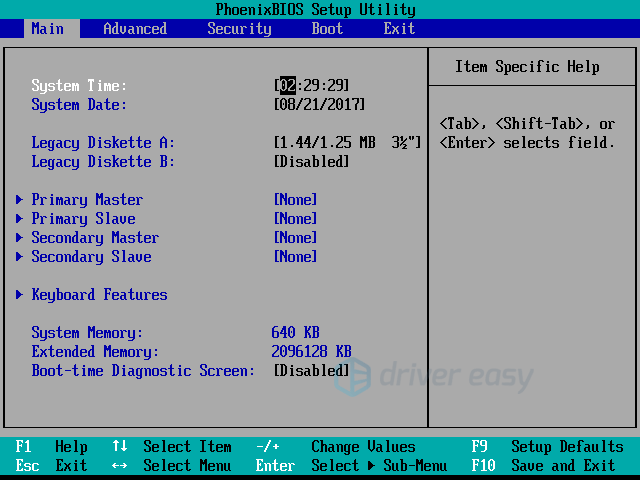
2. Press the right arrow keys on your keyboard until the Boot tab is opened. Then move your Hard Drive to the top of the boot order list. (You can read the instruction of your BIOS to learn how to move a item in the list.)
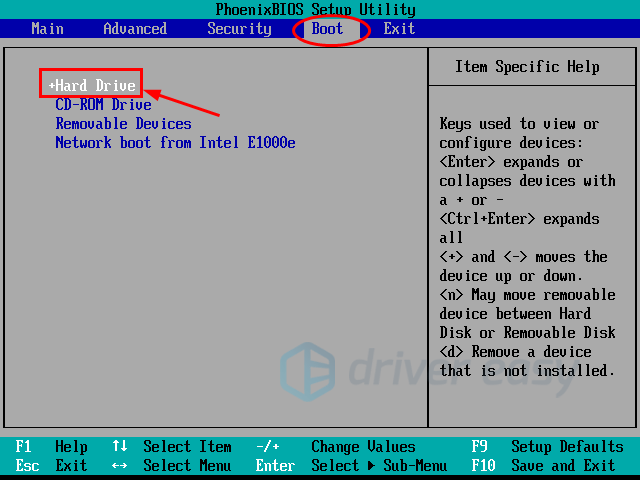
2) Fix boot information of your system
You may get a “No bootable device” error when the boot information, such as BCD (Boot Configuration Data) or MBR (Mater Boot Record) of your computer, is corrupted. You can try fixing or rebuilding the information to see if this fixes your problem.
1. Put the Windows installation media into your computer and boot from it. (Check this guide to learn how to boot from a USB drive, DVD or CD.)
2. Select the language and region, and then click on Repair your computer.
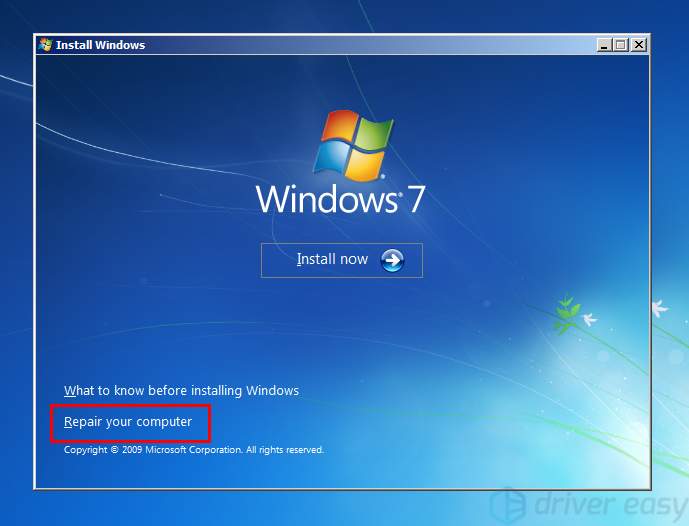
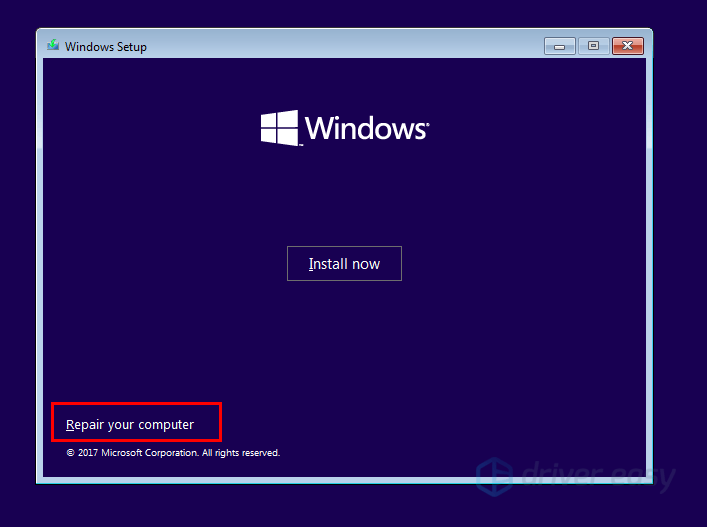
3. If you are using a Windows 10 installation media, select Troubleshoot and then Command Prompt.
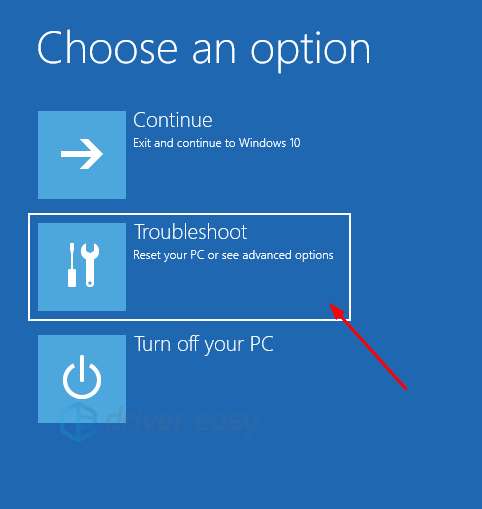

4. If you are using a Windows 7 media, in System Recovery Options, select the first item (Use recovery tools …) and then select the Windows 7 system from the list of the system. Then click on Next. After that click on Command Prompt.
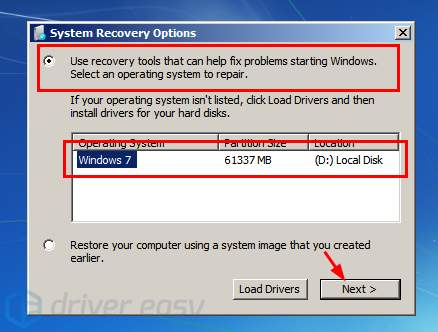
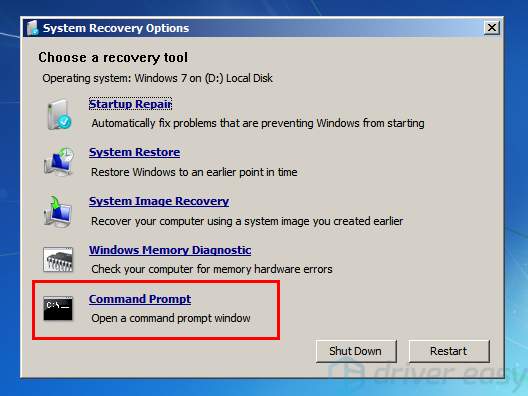
5. In Command Prompt, type the following lines one by one and press Enter on your keyboard after each. (If you are asked whether you want to add a new installation to boot list, press Y and then press Enter.)
- bootrec /fixmbr
- bootrec /fixboot
- bootrec /scanos
- bootrec /rebuildbcd
6. Exit Command Prompt and restart your computer. If this method works for you, you will be able to get through the error now.
3) Set the primary partition back as active
A primary partition is where the operating system is installed. A “No bootable device” error may occur when the primary partition of your hard drive is inactive due to some mistake in your computer. You should set it back as active to fix the issue. To do so:
1. Refer to the steps in method 2 to boot from your Windows installation media and open Command Prompt in the installation package.
2. In Command Prompt, type “diskpart” and press Enter. Then type “list disk” and press Enter.
![]()
![]()
3. In the list of disk, type “select disk 0 (“0” here refers to the number of the disk where you have installed your system)” and press Enter.

4. Type “list partition” and press Enter. Then in the list of partitions in this disk, type “select partition 1 (“1” here refers to the number of the System Reserved partition, where the boot loader is located. Usually it is the smaller primary partition)” and press Enter.

5. Type “active” and press Enter.
![]()
6. The system partition is now set to active. Type “exit” and press Enter to exit diskpart and close Command Prompt. Then restart your computer and see if the the error resolves.
4) Reset your system
It is also possible that the corrupted files in your operating system cause the error. You can try resetting your system and see if this fixes the problem. To do so, you can use your Windows installation media to reinstall your operating system. If this method can help you, the error will no longer occur on your computer after the reinstallation.





